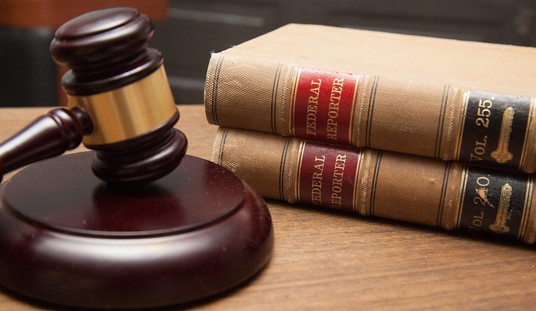A Pennsylvania school board says it’s holding off on approving a new social studies textbook for elementary school students, in part because of a bias against the right to keep and bear arms found inside. The book, along with an AP History textbook, were called into question by Pennridge school board member Megan Banis-Clemens earlier this month, who voiced objections to what she believes is a clear bias inherent in the material.
Opinions of teachers surveyed were mixed about the three series under consideration, Banis-Clemens said.
“There was not a clear consensus over which one of these was the best. It seemed like different grade levels had very different opinions,” she said.
She said she had read the books for four of the five grades.
“I didn’t think that they were very detailed. I thought that it was very surface level,” she said.
Most of the content seemed fine, she said, but there are concerns about one of the books.
“I shouldn’t be able to tell your opinions the entire way through the book, which is what you can tell in the one book,” Banis-Clemens said.
For example, she said, the book said the U.S. Constitution’s second amendment was written at a time when there were no police and people hunted for food. The book portrayed that as an outdated view and said most people now think that because of violent crime there should be restrictions on the second amendment, she said.
“They’re not giving two sides,” she said.
The book in question is part of the “Social Studies Alive!” series designed for students in kindergarten through fifth grade, and if that really is how the right to keep and bear arms is presented it absolutely should not be taught to kids. The goal here is education after all, not indoctrination. It’s fine to point out that life in the United States was much different in 1791 than 2021, but to simply declare that the right to keep and bear arms is “outdated” and that “most people” now believe the Second Amendment rights of Americans should be restricted is outright bias that has no place in the classroom.
I realize we’re talking about a history textbook for elementary school students, so the curriculum isn’t going to delve too deep into any of the enumerated rights in our Constitution, but that doesn’t mean the authors only have to tell one side of the story. Does the textbook even mention the Heller decision in which the Supreme Court declared that the Second Amendment really does protect an individual right to keep and bear arms, for instance? Doesn’t sound like it. Conversely, I doubt the book discusses the Jim Crow-era gun control laws (some of which are still on the books) that were designed to deprive freed slaves from exercising their newly-obtained Second Amendment rights, or the civil rights activists a century later who weren’t about to give up their guns even as they struggled to obtain the right to vote.
As Fordham professor Nicholas Johnson brilliantly pointed out in his book Negroes and the Gun: The Black Tradition of Arms, the Second Amendment has long played a role in advancing the cause of freedom in the United States.
Even when people speak admiringly of Martin Luther King Jr. and the nonviolent protests of the modern civil rights movement, Johnson argues that blacks are generally cast as “stoic sufferers in the face of the horrible things that were happening around them.” By erasing guns from these histories, African-Americans have been cast as passive players in their own story.
In actuality, said Johnson, firearms were extremely important tools for black communities to defend themselves during the early 20th century, especially in the face of lynch mobs and other acts of violence. He described “a struggle for survival, where guns were vital, practical resources for people who were dealing with terrorism, dealing with private threats.”
He can also tick off a series of prominent civil rights leaders who actively endorsed gun ownership by African-Americans, including Ida B. Wells and Fredrick Douglass. When Douglass was once asked what former slaves needed to avoid being recaptured, he said, “A good revolver, a steady hand, and a determination to shoot.”
Fannie Lou Hamer, a leader of the 1960s activist group the Student Nonviolent Coordinating Committee, put it more bluntly: “I keep a shotgun in every corner of my bedroom, and the first cracker even look like he wants to throw some dynamite on my porch won’t write his mama again.”
Maybe you don’t think that quote from Hamer is appropriate for an elementary school social studies book, but I’d argue that it’s much better than the authors simply declaring that most people think the Second Amendment is outdated at best. It’s real history, instead of just personal opinion, and it gets to the heart of what our right to keep and bear arms is all about.
But this also begs the question; if this book is inappropriate because of it’s anti-2A bias, are there any textbooks out there that are any better? Do any of them treat the right to keep and bear arms as a fundamental right, or do they all either gloss over the meaning of the Second Amendment or treat it as an anachronism? If you know of any texts that do a better job of explaining what the right to keep and bear arms means and its importance in American history, let me know in the comments… and you may want to send a polite email to the Pennridge school board to let them know there’s a better alternative out there.









Join the conversation as a VIP Member